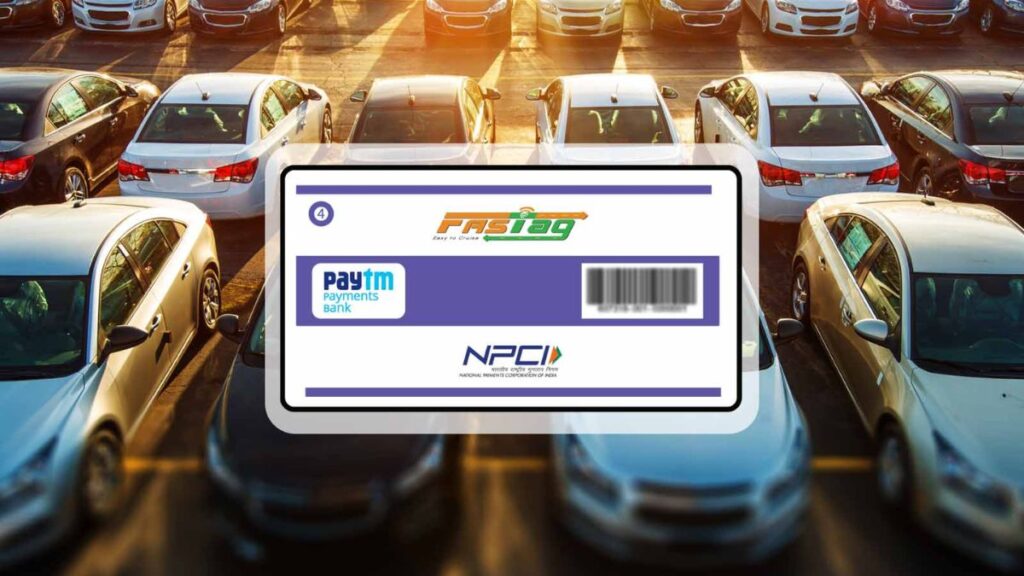New FASTag Rules: Travelers will only have 70 minutes to act to cross a toll plaza with a blacklisted account

Travelers relying on FASTags for seamless toll payments need to be extra cautious now. The National Payments Corporation of India (NPCI) has introduced stricter rules for FASTag balance validation, leaving users with just a 70-minute window to resolve issues like low balance or blacklisting before their toll payments are declined. The new rules, effective February 17, 2025, aim to streamline toll transactions but could lead to unexpected hiccups for unprepared users.
Under the revised guidelines, transactions will be validated based on the reader’s read time and the status of the FASTag account. If a FASTag is blacklisted, hotlisted, or has insufficient balance for more than 60 minutes before reaching the toll plaza and remains unresolved for 10 minutes after, the transaction will be declined with error code 176. This means travelers must act swiftly to recharge or update their FASTag accounts to avoid penalties.
What Does This Mean for Consumers?
The new rules bring both relief and challenges for FASTag users. Arun Moral, MD of Primus Partners, explains that the changes will benefit users who are often charged double the toll fee due to blacklisting. “If a user recharges their FASTag within 10 minutes of being read at the toll plaza, they can claim a refund of the penalty and pay only the standard toll fee,” he said. Additionally, the new system will provide NPCI, IHMCL, and NHAI with better data to manage declined transactions and improve recovery processes.
However, the rules also demand greater vigilance from consumers. Vipul Jai, Partner at PSL Advocates & Solicitors, warns that last-minute recharges may no longer work. “If your FASTag is marked as low balance or blacklisted for over an hour before reaching the toll plaza, the transaction will be rejected, even if you add funds at the last moment,” he said. Similarly, if a tag is moved to the exception list just after passing the toll scanner, the payment will also be declined.
Abraham Koshy, Counsel at MVAC Advocates & Consultants, highlights the dual nature of the new rules. “The 60-minute rule ensures that transactions are declined if a FASTag account has been inactive for over an hour before reaching the toll plaza. The 10-minute rule declines transactions if the account is blacklisted within 10 minutes after the toll transaction,” he explained. While these changes may seem restrictive, they aim to reduce unauthorized transactions, disputes, and congestion at toll plazas.
Key Scenarios to Understand
To better grasp the implications, let’s break down three scenarios:
- Scenario 1: If a FASTag is blacklisted at T1 hours and the vehicle is read at the toll plaza, the transaction will be declined with error code 176, and the user will be charged double the toll fee.
- Scenario 2: If the FASTag is recharged either 60 minutes before or within 10 minutes after being read at the toll plaza, the transaction will be accepted, and only the standard toll fee will be charged.
- Scenario 3: If a FASTag is blacklisted at T1 hours and the user recharges within 10 minutes of being read at the toll plaza, they can claim a refund of the penalty and pay only the standard toll fee.
Table showing how the new rule will be implemented:

A Move Toward Efficiency
While the new rules may initially inconvenience some users, experts agree that they will ultimately enhance the efficiency and security of toll transactions. By encouraging users to maintain adequate balances and keep their accounts active, the system aims to reduce delays and disputes at toll plazas.
As the February 17, 2025, implementation date approaches, travelers are advised to stay updated and ensure their FASTag accounts are in good standing to avoid unnecessary penalties and disruptions during their journeys.










